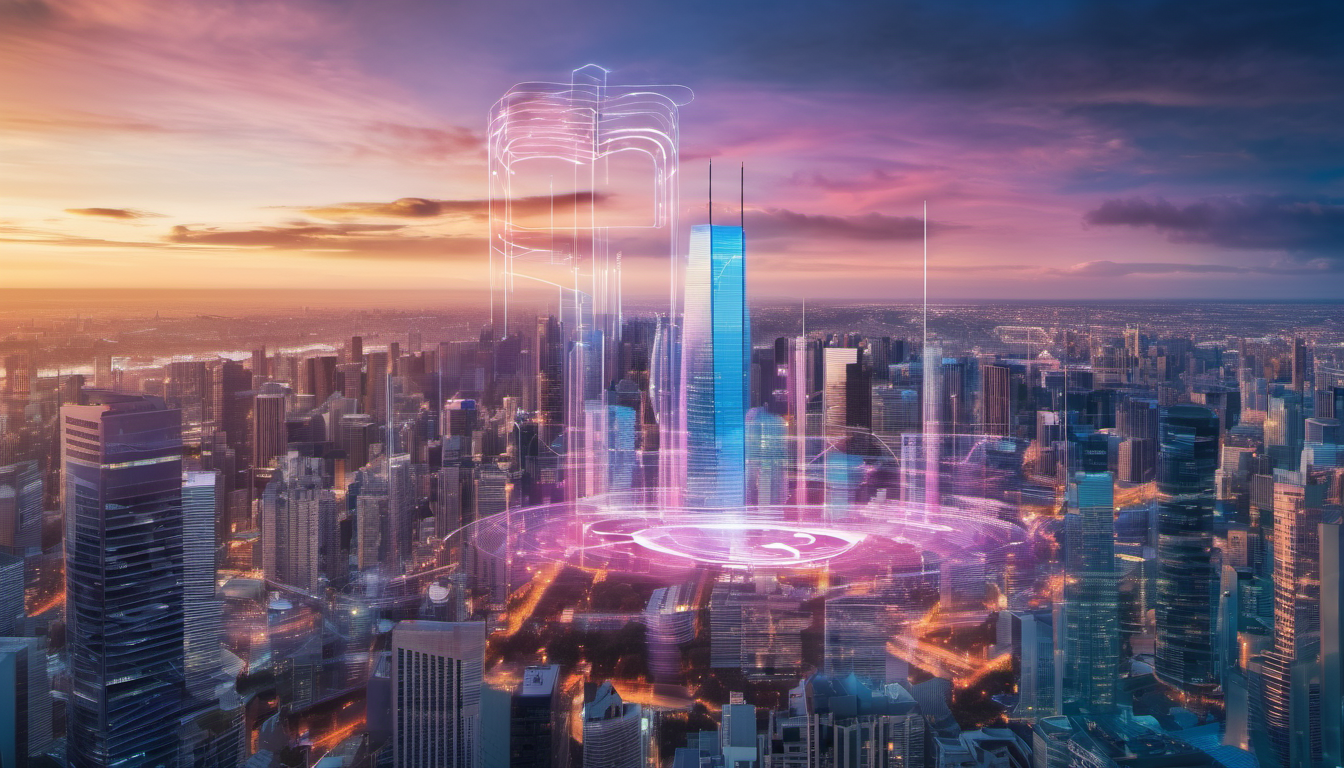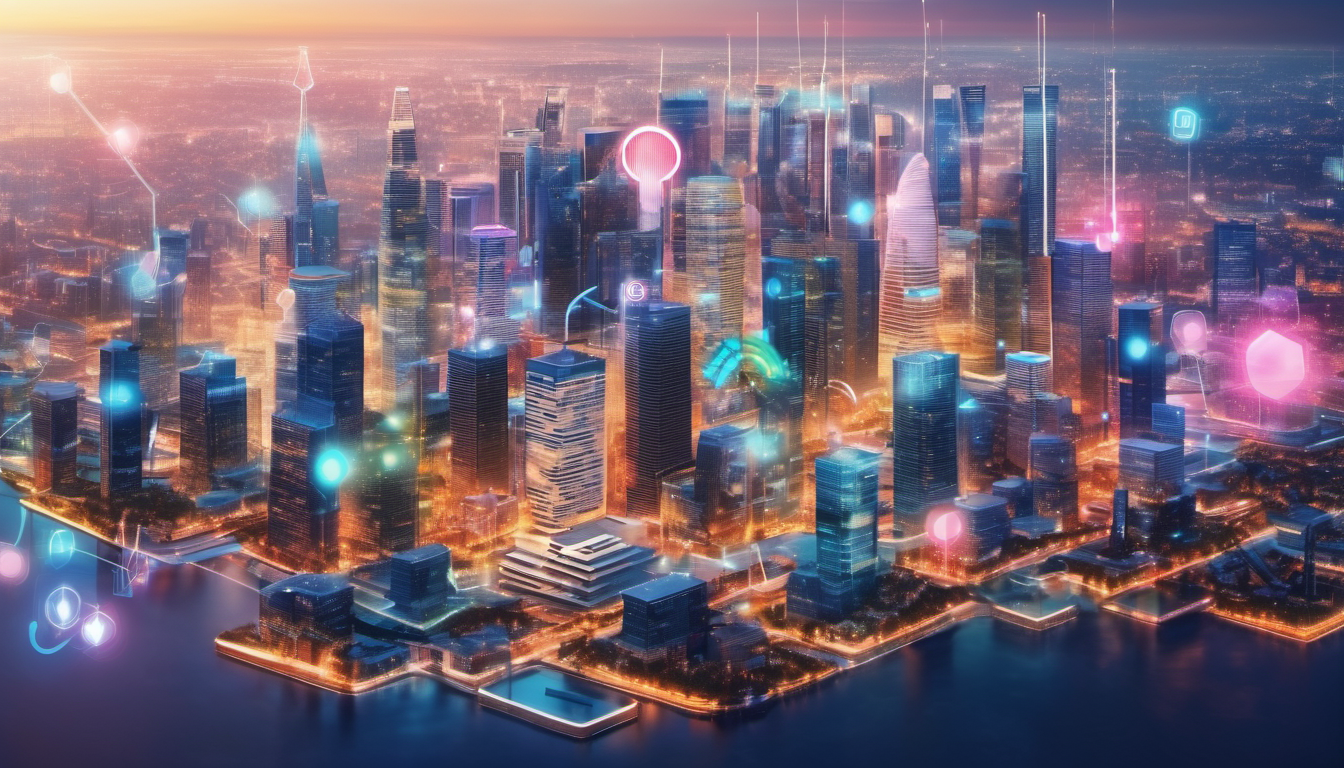How 5G is Revolutionizing Communication: A Comprehensive Overview
The fifth generation of wireless technology, known as 5G, is more than just a step up from 4G. It represents a transformative leap that promises to revolutionize communication and connectivity across the globe. With its unprecedented speed, low latency, and capacity to connect a vast number of devices simultaneously, 5G is set to impact various industries and change the way we live and work. This article explores how 5G is revolutionizing communication, its key features, applications, and the future it heralds.
Key Features of 5G Technology
Unmatched Speed and Bandwidth
One of the most significant advancements of 5G over its predecessors is its incredible speed. While 4G networks typically offer speeds of up to 100 Mbps, 5G can deliver speeds up to 10 Gbps. This increase in speed means that downloading a full HD movie will take just a few seconds.
Low Latency
Latency refers to the delay before a transfer of data begins following an instruction. 5G technology boasts ultra-low latency of around 1 millisecond, compared to 20-30 milliseconds for 4G. This near-instantaneous communication is crucial for applications requiring real-time responses, such as autonomous driving and remote surgeries.
Massive Device Connectivity
5G networks are designed to support a massive number of connected devices. This is essential for the Internet of Things (IoT), where numerous devices communicate with each other. 5G can support up to 1 million devices per square kilometer, making it ideal for smart cities and connected infrastructure.
Applications of 5G Technology

Enhanced Mobile Broadband
The most immediate impact of 5G will be on mobile broadband. Consumers will experience faster internet speeds, better streaming quality, and more reliable connections even in crowded areas. This will enhance activities like video conferencing, online gaming, and augmented reality experiences.
Internet of Things (IoT)
5G’s ability to connect a vast number of devices seamlessly will be a game-changer for IoT. Smart homes, smart cities, and industrial IoT applications will benefit from the enhanced connectivity and data transfer capabilities. For instance, smart traffic management systems can reduce congestion and improve safety by communicating with vehicles in real-time.
Autonomous Vehicles
One of the most exciting applications of 5G is in autonomous driving. The low latency and high reliability of 5G networks allow vehicles to communicate with each other and with infrastructure instantly. This is crucial for the safety and efficiency of self-driving cars, enabling them to make split-second decisions.
Healthcare Innovations
The healthcare industry stands to gain immensely from 5G technology. Remote surgeries, telemedicine, and real-time health monitoring are just a few examples. With 5G, doctors can perform surgeries from across the world with robotic arms controlled in real-time, and patients can receive timely consultations and monitoring without leaving their homes.
Industrial Automation
5G will revolutionize manufacturing and industrial processes through enhanced automation and robotics. Factories can leverage real-time data analytics to optimize production lines, reduce downtime, and increase efficiency. This transformation, known as Industry 4.0, will lead to smarter, more connected industrial operations.
The Future of Communication with 5G

Augmented and Virtual Reality
The high bandwidth and low latency of 5G make it ideal for augmented reality (AR) and virtual reality (VR) applications. These technologies require fast and reliable data transmission to provide immersive experiences. In education, training, entertainment, and retail, AR and VR can offer more engaging and interactive experiences.
Smart Cities
5G will play a crucial role in the development of smart cities. From smart grids to intelligent transportation systems, the enhanced connectivity will enable more efficient city management and improved quality of life for residents. Real-time data collection and analysis can optimize everything from energy usage to waste management.
Remote Work and Collaboration
The COVID-19 pandemic has accelerated the adoption of remote work, and 5G will further facilitate this trend. High-speed, reliable internet connections will enable seamless virtual meetings, collaborative work on large files, and remote access to complex computing resources. This will support a more flexible and distributed workforce.
Environmental Monitoring and Management
5G can aid in environmental monitoring by connecting numerous sensors that track air quality, water quality, and other environmental parameters. This data can be used to make informed decisions and take timely actions to protect the environment. Smart agriculture, powered by 5G, can optimize water usage, monitor crop health, and improve yields.
Conclusion
The rise of 5G technology is set to revolutionize communication and connectivity across various domains. Its unmatched speed, low latency, and massive device connectivity capabilities will drive innovations in mobile broadband, IoT, autonomous vehicles, healthcare, industrial automation, and beyond. As 5G networks continue to roll out globally, they will pave the way for a more connected, efficient, and intelligent world. Embracing this technological revolution will be key to unlocking its full potential and reaping the benefits of a truly interconnected future.
SEO Keywords
- 5G technology
- Quantum computing
- Low latency
- Enhanced mobile broadband
- Internet of Things
- Autonomous vehicles
- Remote surgeries
- Industrial automation
- Smart cities
- Augmented reality
References
- IBM Quantum
- Google Quantum AI
- Microsoft Quantum
- National Institute of Standards and Technology (NIST) Quantum Computing Roadmap
- GSMA – 5G
- IEEE 5G Technology Roadmap


